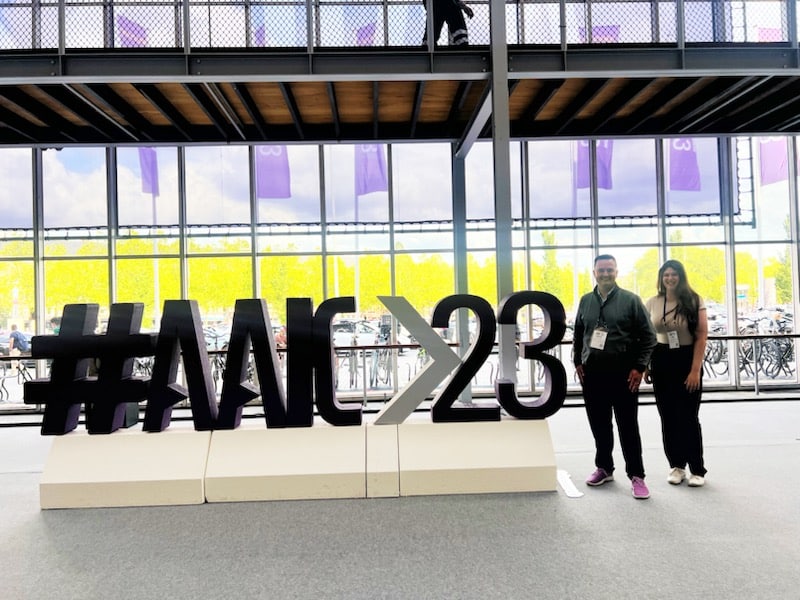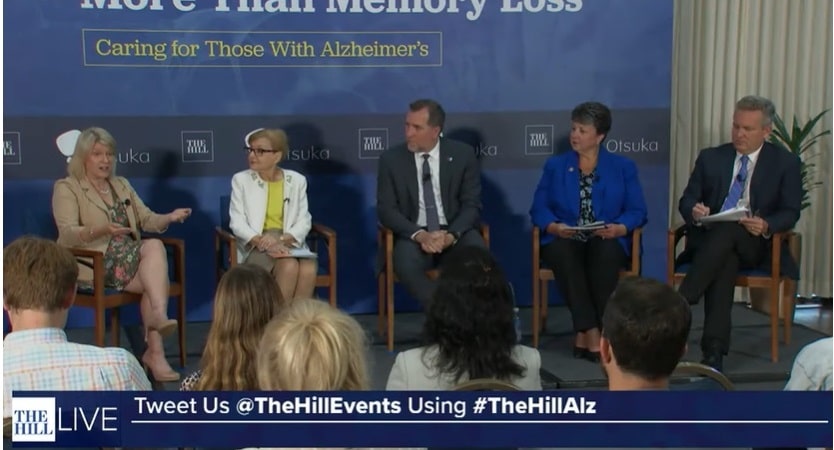ICER and Drug Price Negotiation – What’s at Stake?
What is ICER and how does it promote discriminatory drug pricing?
The Institute for Clinical and Economic Review (ICER) produces reports, known as “cost effectiveness analyses” or “value assessment reports” that use a series of underlying assumptions to place a dollar value on how much new drugs should cost. Unfortunately, ICER’s metrics value treating young individuals in good health as more cost-effective than treating older adults (people 65 and older) or people with disabilities. This has wide ranging consequences. Insurance companies and other payers like Medicare use these values to decide whether it’s worth providing coverage for a certain treatment or test. When ICER’s discriminatory methodologies undervalue a treatment for older or disabled patients, insurance providers are more likely to be deny patient’s access to medications that could help improve their condition or quality of life.
Learn More About ICER
How does ICER decide which medicines are worth their cost?
ICER looks at two metrics when it determines a drug’s worth: how much increased quality of life a patient will have on a drug, and how much it costs the health system. The organization’s analysis compares the cost of a new drug against other existing treatments, the likelihood of side effects, and a drug’s short-term benefits. Longer-term benefits, such as fewer hospital visits or improved quality of life, are not taken into consideration. Unfortunately, there is little transparency into exactly what goes into ICER’s formulations or how they arrive at their conclusions. This means other researchers and even insurance companies are unable to analyze or replicate ICER’s results.
What is a QALY?
The organization determines a drug’s value based on a discriminatory metric called the quality-adjusted life-year (QALY). This measurement puts a dollar value on the increased amount of time a patient lives and their increased quality of life that comes as the result of a drug.
QALYs are calculated by multiplying the extra life a patient receives from a treatment by the “quality” of that life, which ICER assigns as a number between 0 and 1 with 1 representing perfect health. The value of a QALY is the amount of money it costs to get a year of perfect health. ICER values one year of perfect health at $100,000 to $150,000, a completely arbitrary number.
What is the evLYG?
The Equal Value Life Year’s Gained (evLYG) is a metric that ICER created in response to criticisms from patient groups that the QALY is discriminatory. Instead of calculating the cost of a quality year of life, it just assigns a price value to how much a medical treatment can extend a person’s life with no sensitivity to how much that person’s life is improved. The evLYG was never intended to be used on its own, instead it was meant to be used in conjunction with the QALY.
In light of the ban on QALYs, ICER and the organization’s allies are advocating for the broad adoption of the the evLYG, characterizing it as an alternative to the QALY. However, these perspectives fail to acknowledge the major pitfalls of the evLYG.
Neither the National Council on Disabilities or the Disability Rights Education and Defense Fund endorses the evLYG.
What makes these metrics discriminatory?
The outcomes that ICER ascribes to a “quality life” are often created without patient input. QALYs place a lower value on the life of patients with serious illnesses, who may be expensive to treat in the short term but might otherwise benefit from a long-term cure or greatly improved life expectancy or quality of life. The values have severe consequences, since insurers could use them to deny high-cost drugs to certain populations or patients in certain disease stages.
Perhaps most important, the use of QALYs and similar assessments as the basis for drug coverage and reimbursement decisions is considered discriminatory under U.S. Federal law, including the Americans with Disabilities Act (ADA). The governing branch of the EU has also criticized the United Kingdom for using QALYs to determine drug pricing. QALYs originated in the 1960s and found application when the British government was searching for ways to ration health care for its National Health Service.
ICER’s methodology can mean older adults, people with disabilities and veterans are deemed “too expensive” to receive care. But it has broader consequences as well.
Drugs developed to treat rare or more complex diseases may only be beneficial to a small number of patients or take longer to develop, which means their prices tend to be higher. If ICER reports determine that patients suffering from these diseases are too sick to treat, or the treatment is too costly in the short-term, insurance companies will likely shy away from covering these novel drugs. Not only does the cost-prohibitive nature of paying for drugs that a covered by health insurance limit their availability, but it will also dissuade pharmaceutical companies from researching cures for less prevalent diseases.
How does ICER’s work impact you and your Medicare coverage?
ICER’s work significantly impacts Medicare coverage decisions, as its reports and assessments often serve as influential resources for policymakers and payers. ICER’s cost-effectiveness analyses and evaluations of various healthcare interventions, including pharmaceuticals, medical devices, and treatments are used by the Centers for Medicare and Medicaid Services (CMS) and other payers during their decision-making processes. Because ICER’s methodology is so flawed, this can have serious repercussions for patient access to care.
Under new law, the Inflation Reduction Act of 2022 (IRA), Medicare will be allowed to directly negotiate the price they pay for prescription drugs with manufacturers. It is important that the prices that CMS sets are fair, and not based on the kind of discriminatory metrics that are found in ICER’S reports. Otherwise, the prices may be set too low, especially for drugs that treat older adults and people with disabilities.
The Affordable Care Act of 2010 banned the use of the QALY and similar metrics in the Medicare program and the IRA forbids Medicare from using metrics that consider “life extension.” Despite these prohibitions, Medicare has indicated that they plan to use reports that reference the QALY. This cannot be allowed to happen. Reports relying on any portion of the QALY reflect the underlying problematic underlying assumptions and make inferences about the kind of things patients value without seeking input from patients themselves.
As we strive for an equitable and patient-centered healthcare system, it is crucial to critically evaluate the impact of ICER’s assessments and consider a broad range of perspectives to ensure fair and inclusive coverage policies. Click here to tell your federal official to ensure that Medicare is not using the ICER report to set drug prices and that QALYs and other discriminatory metrics should be banned across the federal government.
How You Can Get Involved
Age or possible disability does not impact the value of a human life. However, the Institute of Clinical and Economic Review (ICER) produces recommendations on how much new drugs should cost based on these same considerations.
The result? Reports that say the lives of older adults and individuals with disabilities or chronic conditions are less valuable than someone younger or in “perfect health.” Insurance companies and governments in other nations often use these analyses to determine whether they will pay for specific treatments or tests. However, ICER and others are pushing for Medicare and Medicaid to use these same discriminatory reports.
Send a Letter to Congress
The Protecting Health Care for All Patients Act (H.R. 485) would ban the use of these discriminatory guidelines, eliminating the use of metrics that blatantly value some lives over others.
You can help us tell Congress that it’s time to ban QALY and evLYG for good. Send an urgent message telling your elected officials to end healthcare discrimination today!
Join Our Fight
It is time for patients to say “enough is enough” and stand against discrimination in healthcare. Sign up today to receive news updates on ICER’s activity and opportunities to connect with elected officials on the importance of protecting patients’ rights.
The educational efforts of this campaign are supported by Eli Lilly and Company, Gilead Sciences, Merck, Pfizer Inc., and PhRMA.




